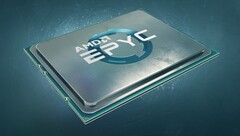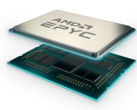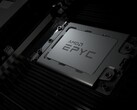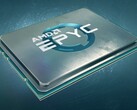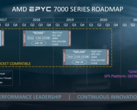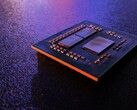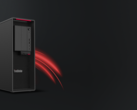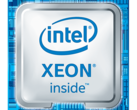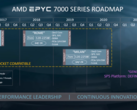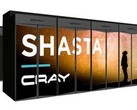With AMD's Zen 3 powered consumer Ryzen 4000 desktop parts just months away, new details have now emerged about EPYC Milan, the Zen 3-based server lineup set to replace EPYC Rome and to take on Intel's Xeon Gold and Xeon Platinum offerings.
Tipster @Execufix spotted some EPYC Milan processor details. The engineering sample that he's looking at is clocked at a low 2.2 GHz boost clock with a 1.5 GHz base clock. This is to be expected since ES parts frequently run at lower clockspeeds than the final design.
The details @Execufix managed to obtain don't include insight into EPYC Milan core counts or cache size. Going by the pattern set by EPYC Rome, we should see parts with up to 64 cores per socket, meaning dual socket designs with as many as 128 CPU cores.
The IPC uplift that Zen 3 brings means that EPYC Milan parts will offer notable performance increases, even if I clock speeds are kept low. The use of an enhanced 7nm process node gives AMD a measure of leeway with temps, power draw, and clockspeed - we expect the final EPYC Milan designs to deliver substantially higher performance.




